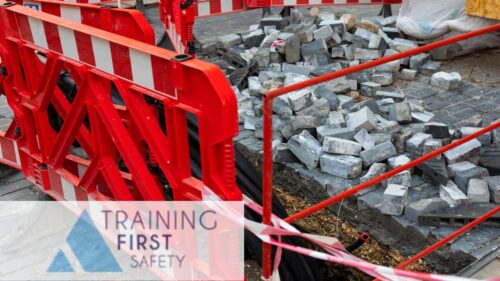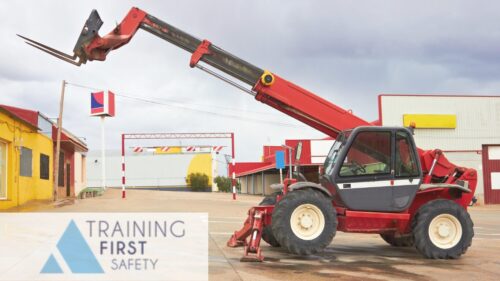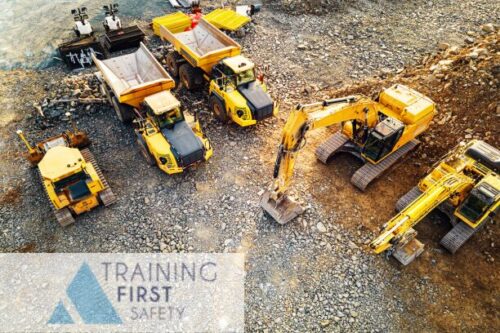- Operate the excavator 360° tracked safely and productively
- Fit and operate ancillary equipment
- Site the machine safely and efficiently
- Carry out minor adjustments and routine servicing procedures
- Understand the capabilities, purposes and limitations of each machine
- Follow all necessary safety precautions
- Interpret the information provided by level pegs and profiles
- Be aware of the necessary routine adjustments and service procedures, and carry them out
- Work to levels with the aid of laser equipment
Entry Requirements
CITB Health, Safety and Environment test completed and passed within the last two years before the course start date or CPCS test date.
A good level of written and spoken English is required to successfully complete this course.




